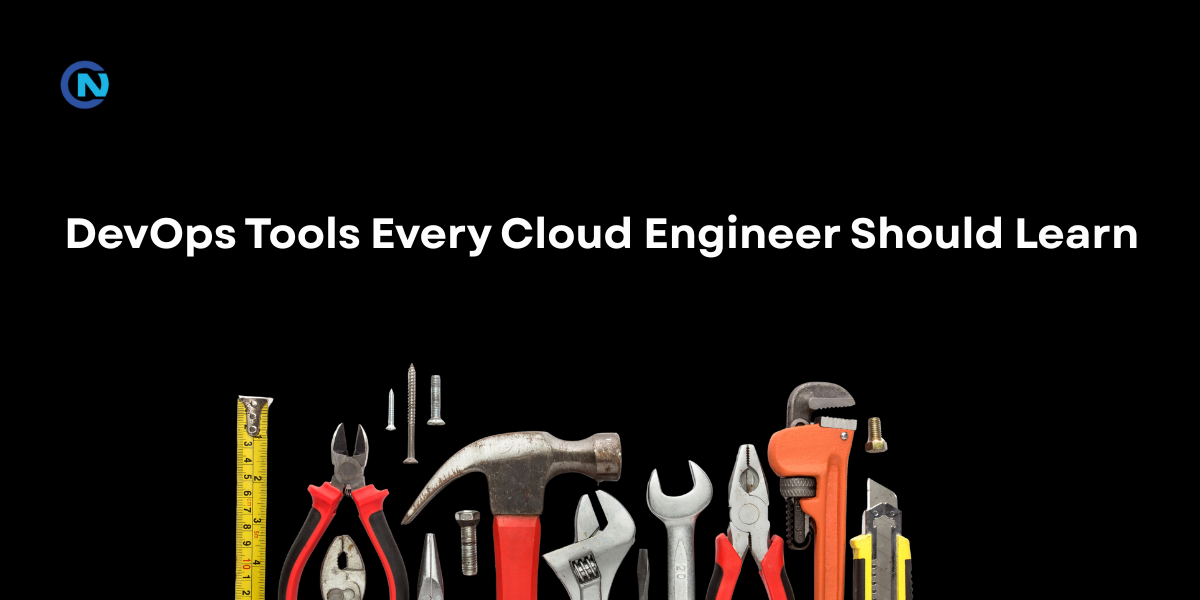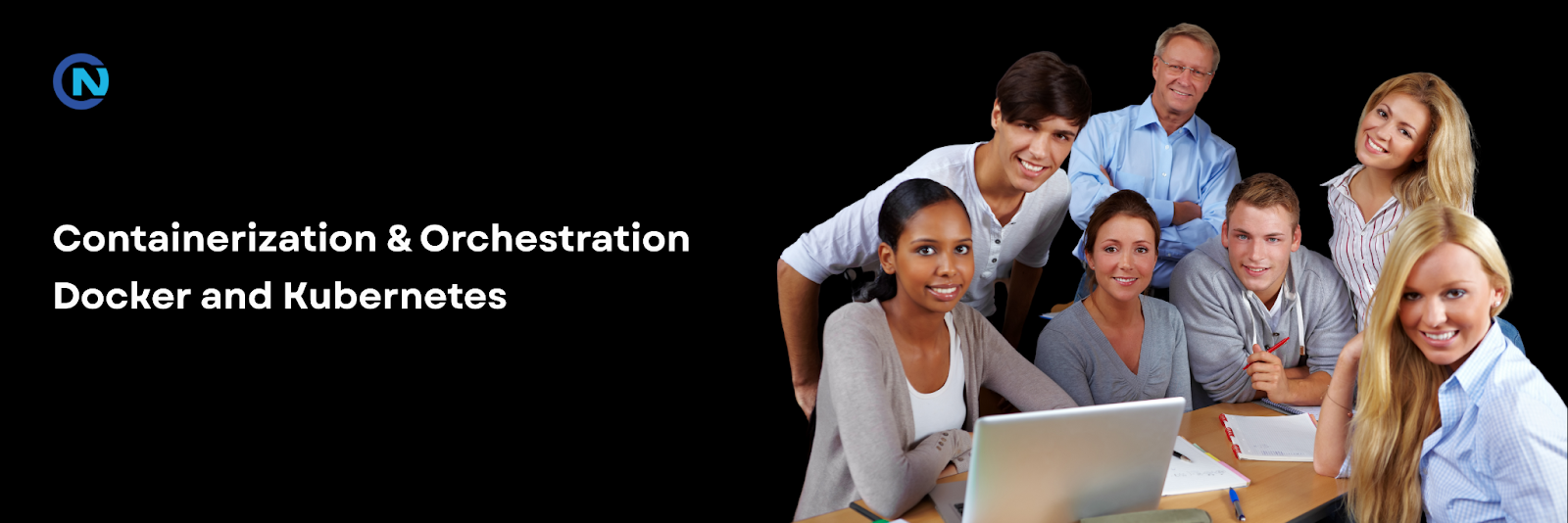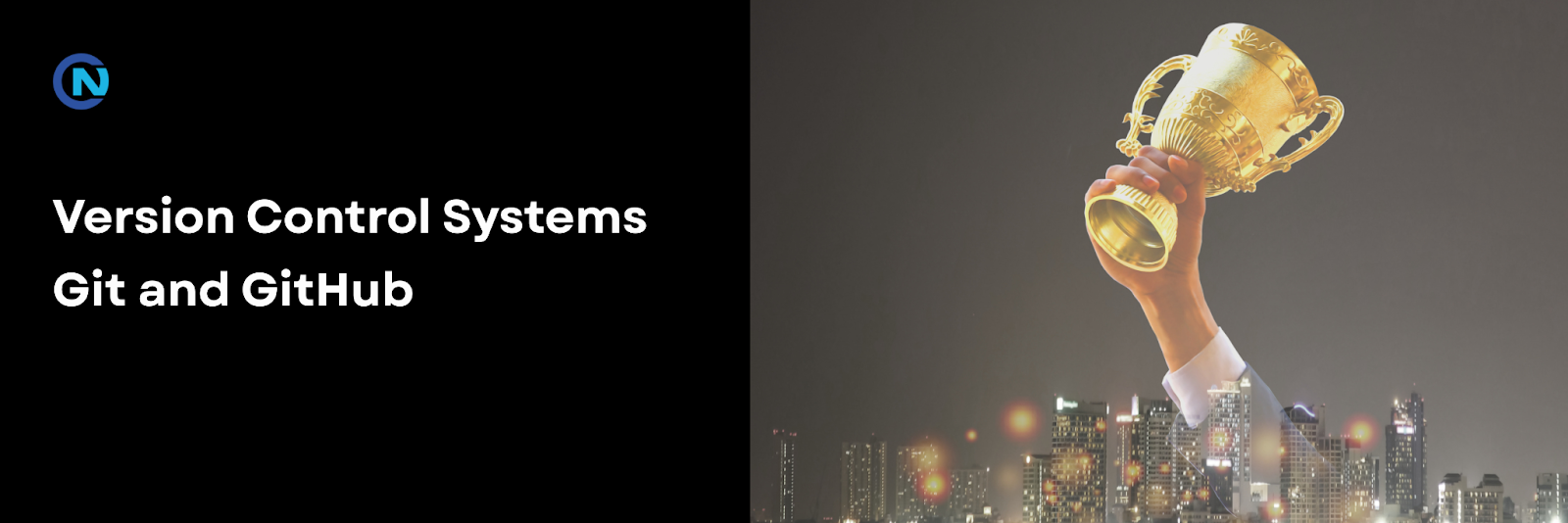
In today’s rapidly shifting cloud landscape, DevOps has become inseparable from the role of a cloud engineer. Organizations are scaling infrastructure faster than ever, embracing automation-first strategies and cloud-native architectures. To keep up, cloud engineers must build strong proficiency across tools that streamline development, deployment, monitoring, and infrastructure management. These tools help eliminate manual overhead, reduce configuration drift, ensure predictable deployments, and maintain reliability across distributed environments. As more engineers move into advanced cloud roles, mastering the right DevOps tools becomes a career differentiator. Platforms like CloudOps Network naturally help cloud professionals identify which tools matter most and how to build job-ready expertise in them through hands-on resources and community-driven learning.
Infrastructure as Code (IaC): Terraform, AWS CloudFormation & Azure Bicep
Infrastructure as Code has become the backbone of modern cloud deployment. Terraform (Terraform Documentation) continues to lead the industry because of its cloud-agnostic capabilities and easy-to-understand declarative syntax. It allows engineers to provision multi-cloud resources consistently using modules, remote backends, and version-controlled infrastructure workflows. Terraform’s state management and modular structure enable it to scale to enterprise-level infrastructures effortlessly. Most engineers today combine Terraform with GitOps practices, ensuring every infrastructure change undergoes versioning, code reviews, and pipeline-based deployments.
For cloud engineers specializing in AWS, CloudFormation (AWS CloudFormation Documentation) is equally important. Its deep integration across AWS services, stacksets, drift detection, and policy support makes it the native automation engine for many AWS-centric teams. Azure professionals, on the other hand, increasingly rely on Azure Bicep (Bicep documentation | Microsoft Learn) as an easier and more readable alternative to ARM templates. The ability to structure IaC in modular files and deploy consistent, repeatable cloud environments is foundational for scaling cloud workloads, a principle heavily emphasized inside CloudOps Network’s learning labs, where IaC is a core skill for all cloud engineers.
Containerization & Orchestration: Docker and Kubernetes

Containers have fundamentally changed application deployment, and Docker (Docker Docs) remains the cornerstone for building and packaging microservices. Docker allows engineers to ship applications with all dependencies bundled, ensuring that software behaves identically across development, staging, and production. Understanding image optimization, multi-stage builds, security scanning, and container registries is essential for cloud engineers designing cloud-native architectures.
But containers alone are not enough; large-scale workloads require orchestration, and Kubernetes (Kubernetes Documentation) has emerged as the global standard. Kubernetes handles automated scaling, service discovery, load balancing, rolling deployments, and self-healing, making it the “operating system of the cloud.” Cloud engineers working with AWS EKS, Azure AKS, or GCP GKE must understand clusters, pods, deployments, Helm charts (Docs Home | Helm), and network policies. Mastering Kubernetes is a long-term investment for engineers who want to work on enterprise cloud platforms, and CloudOps Network frequently highlights Kubernetes as one of the most critical skills for future-proof cloud careers.
CI/CD Pipelines: Jenkins, GitHub Actions, GitLab CI & Azure DevOps
CI/CD pipelines automate the entire application lifecycle, making tools like Jenkins (Jenkins User Documentation) indispensable for complex or custom pipelines. Jenkins offers thousands of plugins and strong integration with cloud platforms, IaC tools, and container technologies. Its flexibility makes it suitable for enterprises with deeply customized workflows.
Modern engineering teams increasingly lean toward GitHub Actions (GitHub Actions documentation) for its ease of use and repository-native automation. GitHub Actions supports everything from Terraform deployments to Docker builds, serverless deployments, and Kubernetes updates, all triggered directly by Git operations. GitLab CI (Get started with GitLab CI/CD) offers another complete DevOps ecosystem, combining code, issues, pipelines, and security scanning in a single platform. For Microsoft-focused teams, Azure DevOps Pipelines (Azure DevOps documentation | Microsoft Learn) remains a strong choice for enterprise-grade CI/CD workflows.
For cloud engineers learning how to build production-ready pipelines, CloudOps Network’s internal labs increasingly incorporate GitHub Actions and GitLab CI because these tools represent the direction of modern DevOps automation.
Configuration Management: Ansible, Chef, and Puppet

Configuration management ensures a consistent environment setup and eliminates manual configuration drift. Ansible (Ansible documentation) is the most accessible tool for cloud engineers because of its agentless architecture and simple YAML-based playbooks. It is widely used for provisioning, patching, application deployments, and post-IaC configuration. Many engineers combine Terraform for provisioning and Ansible for configuration, a workflow that CloudOps Network frequently promotes in hands-on templates and guides.
Chef (Chef Documentation) and Puppet (Puppet Documentation) remain vital in enterprises with complex VM-based or hybrid workloads. Puppet’s model-driven approach and Chef’s Ruby-based recipes provide high levels of compliance, automation, and governance. Engineers aiming for senior DevOps roles benefit from understanding all three tools, as many production systems still rely heavily on them.
Monitoring & Observability: Prometheus, Grafana, Datadog, and ELK
Modern cloud systems require deep observability, and Prometheus (Overview | Prometheus) is the industry standard for metrics collection, especially for Kubernetes environments. Its pull-based monitoring model, combined with exporters and alerting rules, helps engineers detect issues in real time. Grafana (Technical documentation | Grafana Labs) pairs brilliantly with Prometheus, offering advanced dashboards and visualizations that help engineers quickly interpret metrics during incidents or capacity planning.
For all-in-one observability, Datadog (Datadog Docs) is widely adopted because it unifies logs, metrics, traces, security monitoring, RUM, and synthetic tests in one cloud platform. Datadog integrates seamlessly across multi-cloud setups, microservices, CI/CD tools, and Kubernetes clusters.
The ELK Stack, Elasticsearch, Logstash, and Kibana (Elastic Docs) continues to be one of the most powerful open-source logging systems for organizations that need full control and customization. Cloud engineers responsible for large-scale distributed systems rely on ELK for log analytics, detecting anomalies, and troubleshooting performance issues.
CloudOps Network’s observability learning tracks teach engineers how to use Prometheus, Grafana, and Datadog in real-world clusters, reinforcing the importance of monitoring as a core cloud engineering skill.
Version Control Systems: Git and GitHub

Version control is the foundation of DevOps, and Git (Git - Reference) remains the global standard. Cloud engineers must master branching strategies, pull requests, code reviews, and Git workflows to collaborate effectively with development teams. GitHub (GitHub Docs) extends Git by offering cloud-based collaboration, CI/CD, automation triggers, and security scanning.
CloudOps Network strongly encourages Git-first workflows across all its labs, architectures, and learning paths, because without Git proficiency, no engineer can succeed in a DevOps-driven cloud environment.
Security Tools: HashiCorp Vault, AWS IAM, and Snyk
Security is no longer optional; it is integral to DevOps. HashiCorp Vault (Vault product documentation) is essential for securely storing API keys, credentials, certificates, and encryption data. It integrates well with Kubernetes, cloud platforms, and CI/CD systems, ensuring secrets never appear in plain text.
Cloud-native IAM systems like AWS IAM (What is IAM? - AWS Identity and Access Management), Azure AD, and GCP IAM help engineers enforce access control and follow the principle of least privilege.
For vulnerability scanning, Snyk (https://docs.snyk.io/), Trivy, and Aqua Security scan containers, code dependencies, and IaC templates before they reach production.
CloudOps Network often includes DevSecOps practices in its mentorship programs to help cloud engineers manage compliance and security early in the development cycle.
Collaboration Tools: Slack, Jira, and Confluence
Effective DevOps relies on communication as much as automation.(Slack Help Center) integrates with CI/CD tools, monitoring platforms, and cloud services to deliver real-time alerts. Jira helps teams manage sprints, track issues, and coordinate across engineering and product workflows. Confluence serves as the documentation backbone for architectures, runbooks, and technical standards.
CloudOps Network often recommends these tools to engineers learning to work in agile cloud-native teams, as they represent the core operational stack in most companies.

Container Registry & Artifact Management: Docker Hub, ECR, ACR, Nexus & Artifactory
Artifact management ensures secure and reliable deployment pipelines. Docker Hub remains the most popular public registry, while enterprise teams depend on private registries like AWS ECR, Azure ACR, and GCP GCR for better access control. Tools like Nexus (Sonatype Help) and JFrog Artifactory provide additional support for versioning, artifact retention, and security scanning of binaries and packages.
These tools form the foundation for reproducible builds, a concept heavily applied in CloudOps Network’s CI/CD and Kubernetes learning journeys.
Conclusion
DevOps tools are no longer optional for cloud engineers; they are essential for designing scalable, automated, resilient, and secure cloud environments. From IaC solutions like Terraform and Bicep to orchestration via Kubernetes, monitoring with Prometheus or Datadog, or security with Vault and Snyk, every tool contributes to building a complete cloud engineering skill set. Cloud engineers who master these tools position themselves for faster career growth, higher-paying roles, and leadership opportunities in cloud automation.
Suppose you’re exploring how to build these skills practically. In that case, the CloudOps Network platform and CloudOps Network Mentorship Program offer hands-on labs, expert guidance, and real-world scenarios to help engineers progress confidently in their DevOps and cloud careers.




